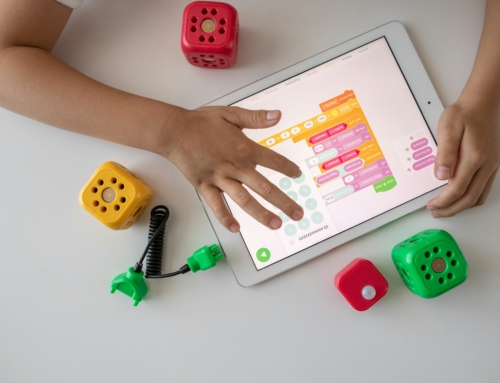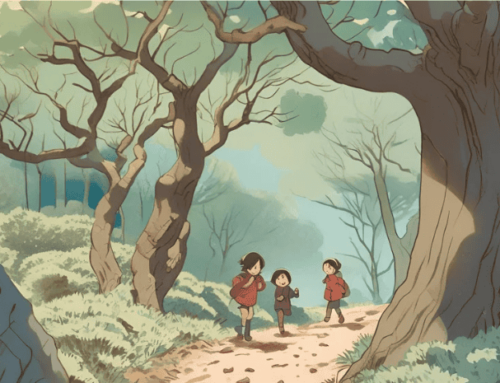Given the recent circumstances with the black lives matter movement and many upsetting facts, figures and stories coming to light, parents all over the world are wondering what they can do to help. Many organisations have come forward to discuss the difference between not being racist and being actively anti-racist, and one of the leading ways to actively suppress racism is through conversation.
Children are incredibly perceptive, bound to pick up on your habits, behaviours and mannerisms, something which parents are actively aware of. It’s also likely that they have come across the black lives matter protests in the media and have some questions. It can be difficult talking to your children about race and racial prejudices. For some parents, they must have these conversations early on because their child’s skin colour will put them more at risk. For others, they want to raise their child to be an ally, and so these difficult conversations must be had. Here’s how parents can help educate children on discrimination.
Racial Bias – is it Nature or Nurture?
Children, whilst very observant, are not born with an understanding of racial differences and are more likely to pick up on cultural differences such as different textures of hair etc. That means that racial bias is learned – and early on! Healthy Children believe that children can internalise racial bias between 2 and 4 years old and become set in their beliefs around age 12. It’s crucial, therefore, to have these conversations early on.
What to Talk About
There seems a lot to be covered in these conversations which is why it’s going to take longer than you might think! A good place to start is by acknowledging racial differences and talking about prejudice. Lots of parents mistakenly think that they are raising their child to be ‘colour-blind’ meaning they ignore or do not behave differently when someone has different ethnicity. However, to fight racism, we need to acknowledge that people do experience racism and different treatment because of their skin and we must do what we can to stop this. Explain to your children that people can, and often do, make decisions about a person based on the colour of their skin and that this is wrong and something everyone needs to unlearn. Explain that this can make people feel sad, left out and worried and that’s why we need to make sure everyone is cared for and included and that there are ways we can be an ally.
Setting an Example
Children’s opinions and attitudes are influenced by the actions of their parents and it’s natural for parents to feel the pressure to demonstrate being an ally during these times. That means spending some time acknowledging your own biased thoughts and behaviours and actively changing for the better. Ensure your social network is diverse, teach your children about multicultural activities and experiences, travel to places that expose your children to other communities and remember that passing comments or behaviours will resonate with your children more than anything you could say. For children who are a little older, show activism by talking about and signing petitions, contributing to charities and organisations and explaining to your children that you don’t need to feel helpless as there are usually always ways you can help.
It’s most important that, as parents, we keep the conversation going to make sure the next generation is kinder, more inclusive, more understanding and actively anti-racist. We hope, in time, that schools will increase their education on racial discrimination but change nearly always starts at home and we know you can do it!






